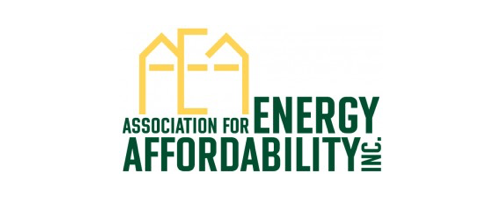Energy Foundation made its first grant to the Association for Energy Affordability in 1997.
Providers of low-income multifamily housing can use energy efficiency programs to manage costs while maintaining affordable rents and improving health, safety, and comfort for residents. Energy efficiency is good for residents, for the longevity of building systems, for cost-effective building management, and for the environment.
While energy efficiency building upgrades pay for themselves over time in energy bill savings, many providers of affordable multifamily housing need incentives or financing to help pay for the work upfront. Utility and state programs are extremely helpful, if not essential.
The Association for Energy Affordability (AEA) is in a great position to ensure residents and providers alike enjoy the benefits of energy efficiency. With offices in New York City, Chicago, and California’s San Francisco Bay Area, AEA works on the ground as a Weatherization Assistance Program technical service provider, workforce trainer, utility program implementer, and advisor on building retrofits and new construction. Importantly, the non-profit organization also works as an advocate on state policy development and program design to ensure the needs of affordable housing residents and providers are considered.
AEA staffers see how policies and programs directly affect people’s lives—and use that experience to educate decision-makers on how to make them even better.
“We work in close collaboration with low-income, affordable housing, and energy efficiency service providers, and clean energy and environmental advocates,” said David Hepinstall, AEA’s executive director.
Their advocacy makes a difference. In Queens, New York, for example, AEA is the Passive House consultant to a new, efficient 68-unit affordable senior housing building that includes a green roof and a pre-kindergarten center (part of New York City’s pre-K initiative launched last year), and will foster intergenerational activities for all building residents.
In California, AEA manages the Low Income Weatherization Program, which helps building owners access multiple programs to ensure deeper savings through installations of efficiency measures, and solar where feasible, for both common areas and apartments.
One beneficiary of this program is a 56-unit apartment building in Los Angeles that underwent a complete energy retrofit. This energy optimization work included LED lighting, low-flow fixtures, and high-efficiency washing machines, dryers, and condensing hot-water boilers. Over the next 15 years, the upgrades will save an estimated 18.2 percent energy use and $90,000 in energy costs.
“Energy efficiency can be a great economic strategy for building owners with immense benefits for residents,” said Jennifer Somers, Energy Foundation Senior Program Manager, Energy Efficiency for All, which makes grants to AEA. “We need to continue to build advocacy in support of incentive programs and technical expertise that make it as easy as possible to make our affordable multifamily housing stock more energy efficient and comfortable.”

